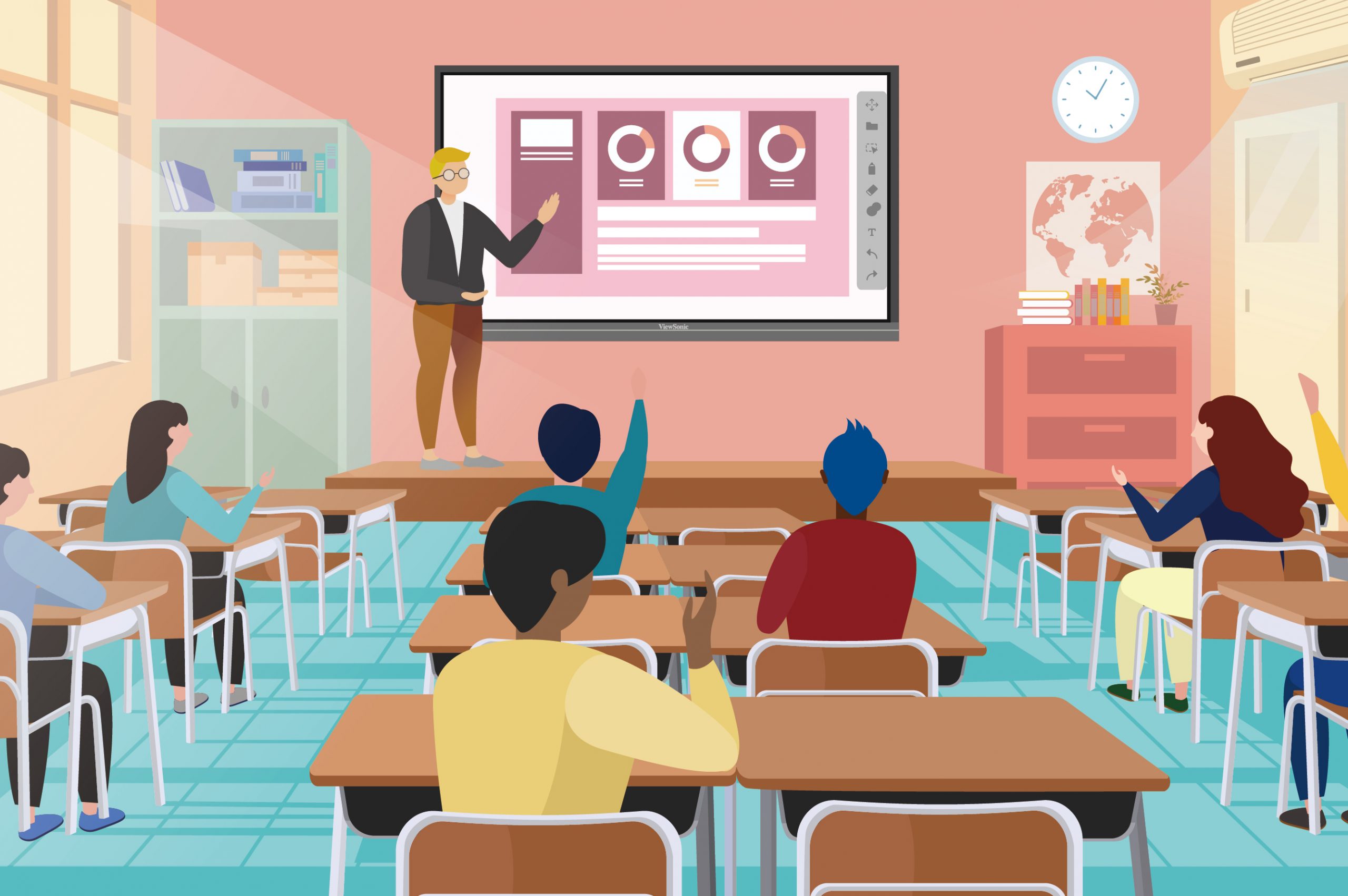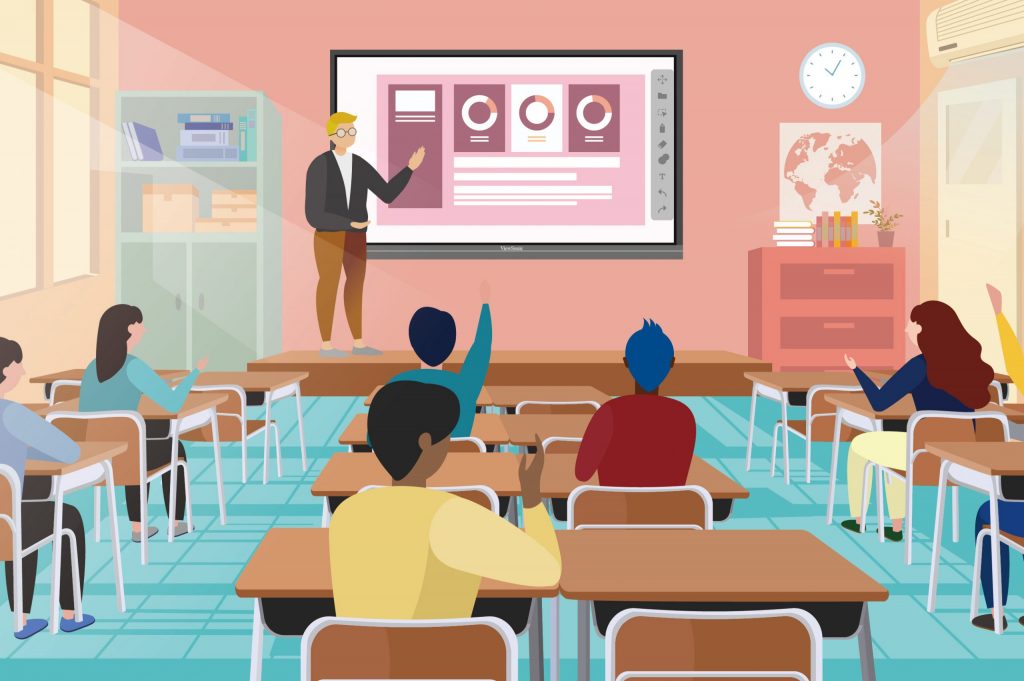
It is not only enough that a school is situated in one of the best locations, or it has the best facilities and features. If the school has all of these and doesn’t improve the learning of the students and the professionalism of the teachers, then all of that is just for show. As a school owner, you can definitely tell when your school is improving and when it is not. Most administrators play the ostrich game with their reputation – rather than addressing a situation, they tend to stay mute or silent till the issue dies a natural death. This tactic has caused a low rate of enrollment in some schools.
When educators look for jobs at schools, they prefer those with open, friendly, and positive atmospheres. The same applies to parents. A parent will not enroll his child in any school they see won’t be a good fit for their child. More than 8 hours of each day is spent in the classroom by teachers and students, and the environment of the school can greatly influence the learning which takes place. If you are an administrator, there are various ways you can enhance your school’s atmosphere that will improve the development of your staff, student performance as well as the spirit of the school.
Here are some points you can adopt to improve your school’s educational environment.

1. Be Student-Centered
The best schools around have permanently established themselves as an academic environment where students can learn, grow, and shine. Prioritizing the needs of your pupils/students will help the teachers, as well as administrators, show students how crucial their involvement with learning stands.
2. Enhance your Classroom’s Environment
Rather than have the normal boring way of arranging the classroom, switch things up! Set up the classroom in such a way that it encourages peer-to-peer cooperation among students and eases movement. Ideas like putting students’ desks together or using communal tables can help create such a collaborative atmosphere among students in the classroom.
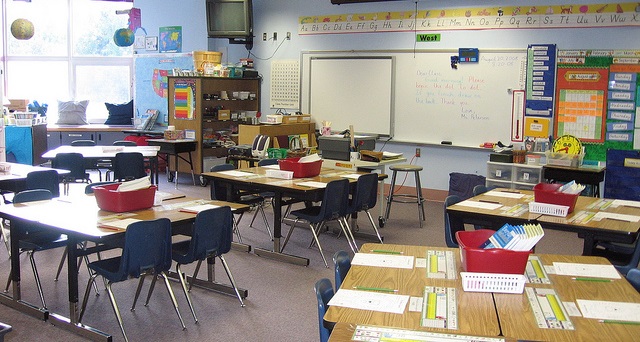
3. Allow Students to work on Passion Projects
Research has shown that interest has been the primary driver of learning. Provide students with opportunities. This idea will give you an idea of what your students have an interest in apart from the schools’ curriculum. For example, when students are fascinated about the effect of climate change on our planets, you can have them browse through books, and online resources, or even talk to an expert in the field. Career day can also double as days when you can engage parents to provide help. Encourage them to attend and talk about their work!
READ MORE: 6 Ways to Attract Talented Teachers to Your School
4. Introduce suggestion boxes to classrooms
This works in the majority of organizations and tertiary institutions, it can also be used in high schools. Students oftentimes have suggestions and complaints, but would rather stay silent because they are scared. With the introduction of suggestion boxes in the classroom, students can make suggestions and complaints while being anonymous. Suggestions like how changes can be made to improve their relationships in the classroom and enhance academic achievement as well as overall positivity within the classroom. At the end of every month, take out the box, gather the suggestions, and go through them with the right staff.
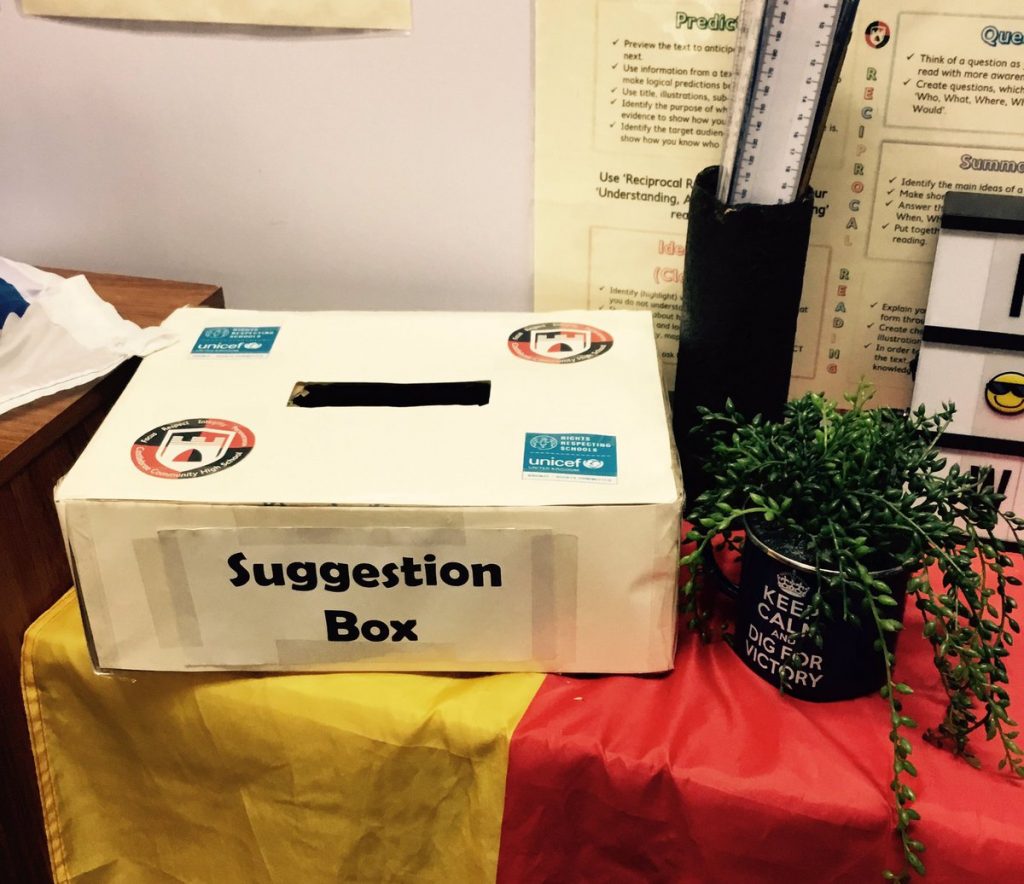
5. Encourage Multi-Age Classroom Activities
Develop a few multi-age activities throughout the year. And work in conjunction with an older or younger class. Multi-age learning can help older students develop the skills they need to stand successful through teaching them. As well as helps teachers see the similarities across grades.
6. Meet with Teachers
Set aside time to plan at least once or twice per month with a handful of teachers in similar grades or subjects. Have them talk about the curriculum they’re teaching and the challenges they’re facing. As well as the successful strategies they’ve put into practice. Stand open, honest, and open to feedback.
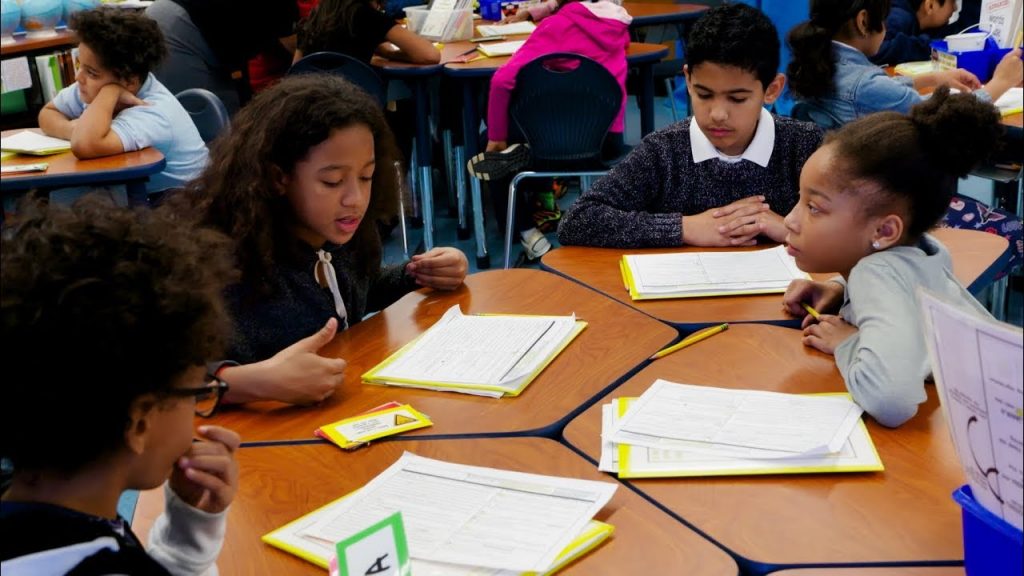
7. Model Collaboration
In this case, you want your students to stand able to work in a group. You must show how! Teams that are successful challenge each other to take risks and experiment with new ideas. Also, the most important thing is that effective collaboration has been characterized by healthy conflict.
